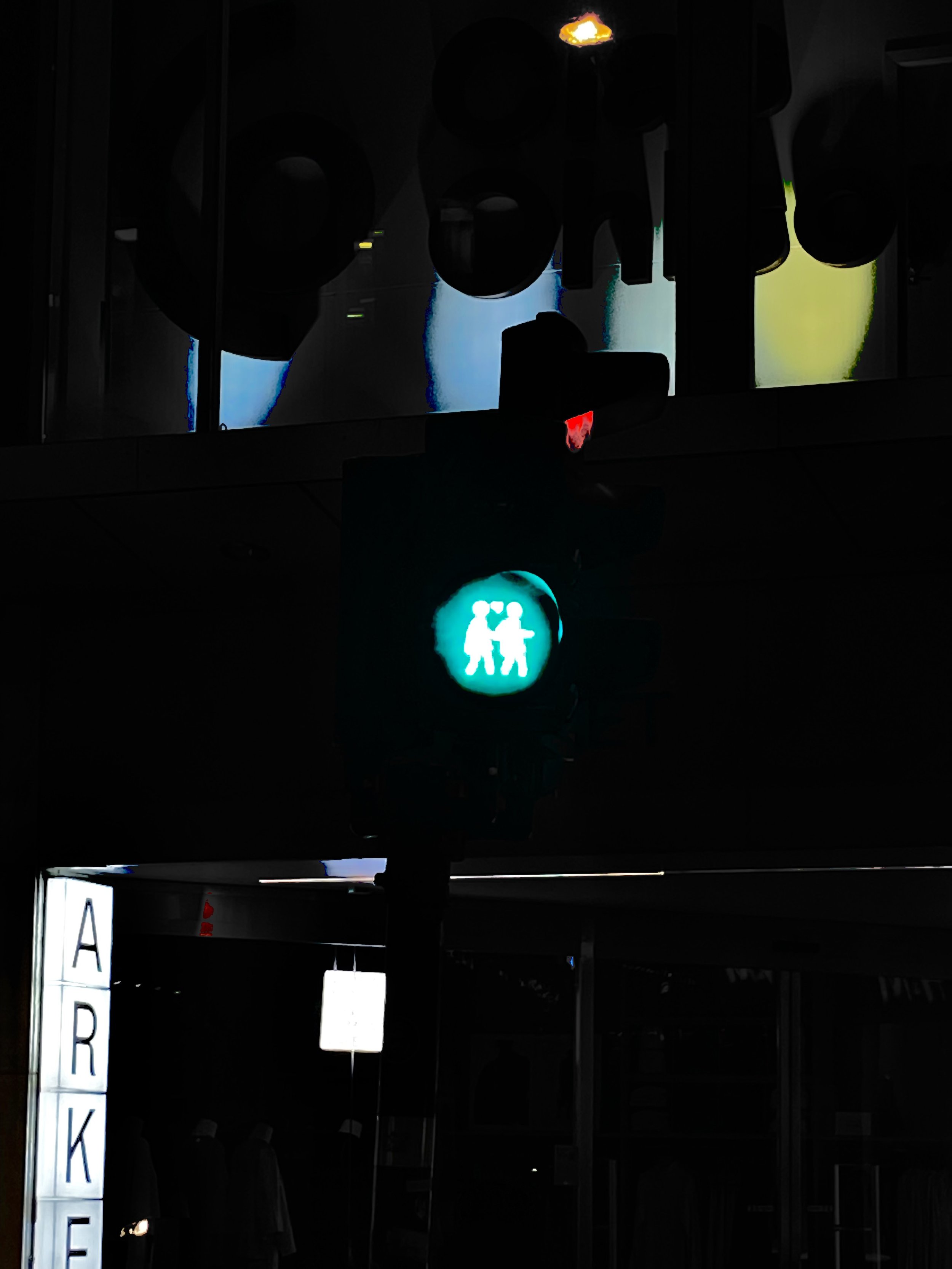Stockholm diaries: fieldnotes from navigating the frosty capital
The endless snow blanket from Arlanda airport to Stockhol Old Town (video credits: Anja Gogo).
The Moon Garden in Gamlastan
Image credits: Anja Gogo
Self-inflated and chromatically hypnotic spheres as make-believe, enchanting moons. The enchanting animations, sequentially illuminated by a single stream of light, are inner cut-outs, assembled on rotating platforms. Inspired by Jon Fosse’s writing, their shadow-play features fundamentally revisit childhood in the most magical and simple way. The shadow of hands nudged our gloved hands to connect even more with the immersive experience. The beauty of recreating such a domestic, intimate memory in a shared space, where a minimalist light show gives voice to that secretive, mysterious world cross-culturally. An invitation to the world of dreams.
Shabbat in Swedish hostels
Image credits: Anja Gogo
Human Traffic Lights
Image credits: Anja Gogo
Abba Museum
Image credits: Anja Gogo
I K E A
Image credits: Anja Gogo
The IKEA-effect
Research suggests that IKEA’s idiosyncratic “labour” leads to feelings of reward earned by successful task completion. The action of assembling something useful and being induced by a creative spirit of DIY, despite the presence of instructions. Self-made products’ satisfaction rivals pre-assembled products’. IKEA is the quintessential materialisation of “Swedephilia”. IKEA doesn’t fear its global relevance when unrelentingly maintaining its Scandinavian roots, as it’s precisely the loyalty of its products to Sweden that makes the store inherently iconic. IKEA can be seen as a Nordic walking tour, a space that is both private and public: an interactive, bidirectional archive. The chromatic choice of blue and yellow recalls the nation’s flag, while the name represents a hidden acronym: Ingvar, Kamprad, Elmtaryd (the farm where Kamprad, the owner, was born), and Agunnaryd (the name of his village). IKEA is the most explicit application of utilitarianism, where every piece is functional for the greater good in almost a utopian way. Every part doesn’t just contribute to the final result but it also ensures a functional household, with a uniquely engineered domestic scene. The one-way directional layout arranges IKEA’s customers in such a way that compels “organised walking”, with an underlying, implicit evolutionary narrative.
Bibliography
Norton, M.I., Mochon, D. and Ariely, D. (2012), The IKEA effect: When labour leads to love. Journal of Consumer Psychology, 22: 453-460




